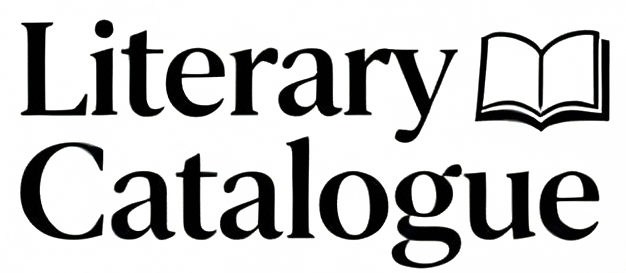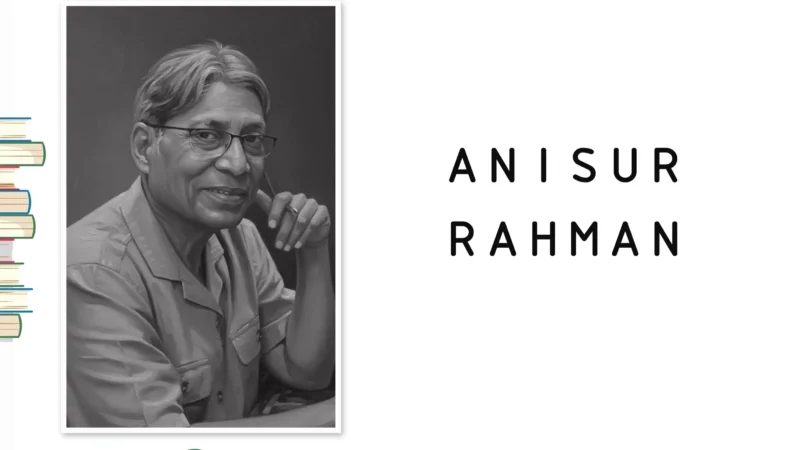Anisur Rahman, a prominent literary figure, is widely recognized for his immense contribution to the field of English literature. Born on December 21, 1950, in India, Rahman has a rich academic and administrative background spanning over several decades, making him a distinguished personality in the literary and academic circles.
Rahman has an illustrious academic career, with a remarkable thirty-five years of experience in teaching and research at the university level. He has held various teaching positions, including Lecturer for eight years, Reader for eight years, and Professor for nineteen years. His academic expertise and dedication to teaching have earned him a reputation as an esteemed educator in the field of English literature.
Administrative Experience:
In addition to his academic achievements, Rahman has also demonstrated exemplary administrative skills and leadership qualities. He has held various administrative positions in the university, showcasing his diverse skill set and versatility. Some of the positions he has held include Pro-Proctor, Assistant Superintendent of Examinations, Superintendent of Examinations, Students Advisor, Dean of Students Welfare (1994-1998), Officiating Registrar (Jan 1998-August 2000), Head of the Department of English (Sept 2000-Aug 2003), Coordinator of UGC Special Assistance Programme, Department of English (April 2004-Oct 2008), Vigilance Officer, JMI (2005), Officiating Head of the Department of English (Aug 2008-Oct 2008), Registrar (August 2008-May 2009), and Honorary Director of the Centre for Coaching and Career Planning (March 2010 – August 2014). Rahman’s administrative acumen and dedication to service have made a significant impact on the institutions he has served.
Fellowships:
Rahman’s academic prowess has been recognized through prestigious fellowships. He has been awarded the Shastri Fellowship at the University of Alberta, Canada (2001-2002) and has also been a Visiting Research Scholar at Purdue University, USA (2007). These fellowships have provided him with valuable opportunities to further his research and academic collaborations, showcasing his commitment to advancing the field of English literature through scholarly endeavors.
Contributions to English Literature:
Rahman’s scholarly work has been widely acknowledged and has made a significant impact on the field of English literature. His research interests include postcolonial literature, diaspora studies, cultural studies, Indian writing in English, and translation studies. He has published extensively in reputed national and international journals, authored and edited several books, and presented papers at numerous national and international conferences. Rahman’s research contributions have enriched the understanding of English literature and have been a valuable addition to the academic discourse in the field.
Anisur Rahman is a distinguished literary figure with a wealth of academic and administrative experience. His dedication to teaching, research, and administration has made a significant impact on the institutions he has served and the field of English literature as a whole. His fellowships and scholarly contributions showcase his commitment to advancing the field and his scholarly pursuits. Rahman’s illustrious career and exceptional contributions to the field of English literature have earned him a well-deserved reputation as a prominent figure in the academic and literary circles.
Books
Form and Value in the Poetry of Nissim Ezekiel: A Close Study of an Exceptional Poet
Anisur Rahman’s book ‘Form and Value in the Poetry of Nissim Ezekiel’ is a comprehensive exploration of the poetry of Nissim Ezekiel, a renowned Indian English poet. Published in 1981 by Abhinav Publications in New Delhi, this book delves into the poetic techniques, themes, and imagery used by Ezekiel, and analyzes his unique artistic detachment and quest for the right idiom in his poetry.
The book is divided into five chapters, each focusing on different aspects of Ezekiel’s poetry. The first chapter, ‘Form and Value in Poetry’, lays the groundwork for the subsequent analysis by discussing the significance of form and value in poetry and setting the context for the study of Ezekiel’s work. The second chapter, ‘Objective Form in Nissim Ezekiel’, delves into Ezekiel’s technique of achieving an objective form in his poetry through his artistic detachment. Rahman argues that Ezekiel’s poetry is characterized by a remarkable awareness of the lost dimensions of hope and faith, and the poet’s constant quest for the right idiom to express his apprehensions.
The third chapter, ‘Images and Symbols’, examines the central metaphors used by Ezekiel in his poetry, namely the ‘pagan woman’, the ‘putrid city’, and the ‘moral self’. Rahman elucidates how these metaphors are recurring motifs in Ezekiel’s poetry and how they contribute to the poet’s exploration of individual, racial, and national consciousness. The fourth chapter, ‘Language and Diction’, delves into the unique language and diction employed by Ezekiel in his poetry. Rahman highlights how Ezekiel’s poetic language is influenced by the medium of English, yet retains a certain grace and finesse that adds to the exceptional vitality of his poetry.
The fifth and final chapter, ‘Poetry in Another Rhythm’, analyzes the distinct rhythm and vitality of Ezekiel’s poetry. Rahman argues that Ezekiel’s poetry is written in a medium that is not entirely his own, as English is not his native language, yet he employs a rhythm and vitality that sets his poetry apart. The book concludes with a Select Bibliography and Index, providing readers with further resources for research and study.
Rahman’s book on Ezekiel’s poetry has also been included in other scholarly publications, such as ‘Critical Perspectives on Relationship’ and ‘Latter Day Psalms’ edited by Bijay K. Das, as well as ‘Essays on Nissim Ezekiel’ edited by T.R. Sharma, indicating its significance in the field of literary criticism.
One of the key strengths of Rahman’s book is his in-depth analysis of Ezekiel’s poetry, which sheds light on the poet’s unique artistic detachment, quest for the right idiom, and his exceptional awareness of lost dimensions of hope and faith. Rahman’s exploration of the central metaphors used by Ezekiel, as well as his analysis of the language, diction, and rhythm employed by the poet, provides valuable insights into the intricacies of Ezekiel’s poetry.
Rahman’s scholarly approach and academic language make this book suitable for students, researchers, and scholars interested in Indian English poetry, literary criticism, and the works of Nissim Ezekiel. His meticulous examination of Ezekiel’s poetry, backed by his extensive research and knowledge of the subject, makes ‘Form and Value in the Poetry of Nissim Ezekiel’ a significant contribution to the field of literary criticism and a must-read for anyone interested in the poetry of Nissim Ezekiel.
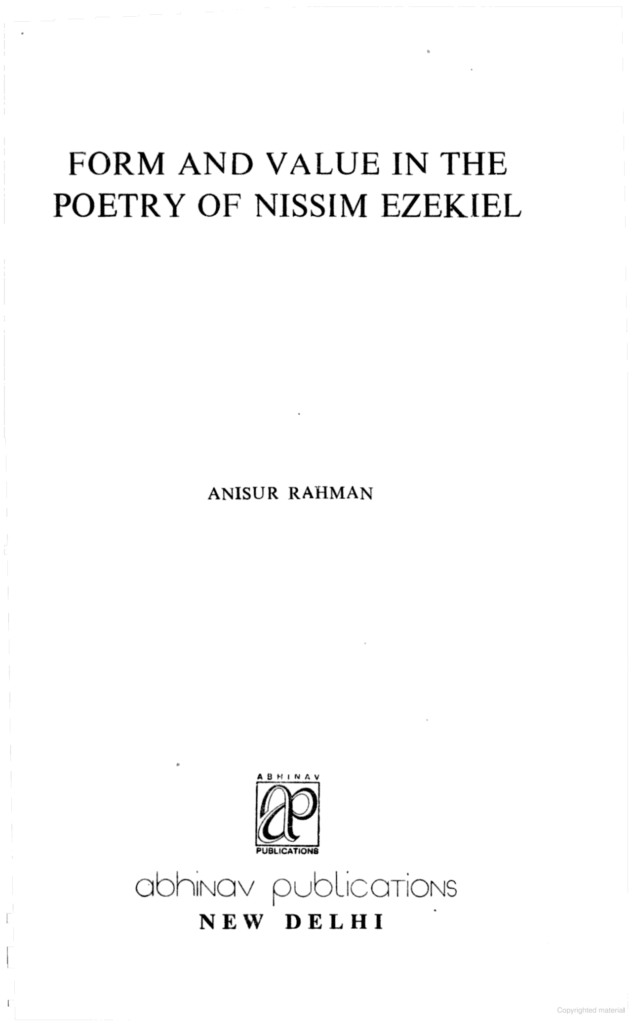
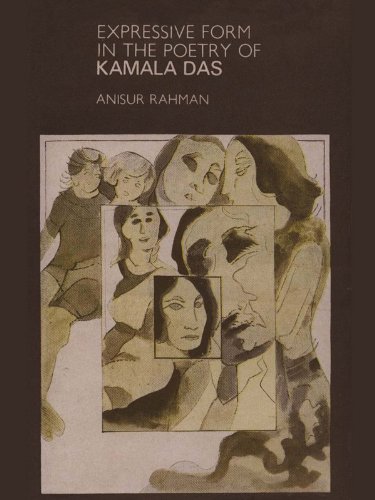
Expressive Form in the Poetry of Kamala Das
Anisur Rahman’s book ‘Expressive Form in the Poetry of Kamala Das’ offers a close study of the renowned Indian poet Kamala Das and her unique style of poetic expression. Published by Abhinav Publications in 1981, this book delves into the thematic concerns, imagery, symbolism, language, and form of Kamala Das’s poetry, with a particular emphasis on her use of sincerity and self-expression as a means of artistic communication.
Rahman begins the book with an introduction that sets the tone for the subsequent chapters. He describes Kamala Das’s poetry as a form of “psychic striptease,” where she bares her inner self with exceptional female energy. He highlights her exploration of her psychic geography and her inimitable vision, which is expressed through the technique of sincerity. Rahman argues that Kamala Das’s poetry revolves around her quest for emotional connection and her failure to establish one, which serves as the central theme of her poetic expression.
One of the key arguments presented in the book is that Kamala Das’s poetry exhibits a distinct form of expression that Rahman terms as “expressive.” He suggests that her poetry originates from a dark place and serves as a curative function, despite the limited range of her experiences. Rahman acknowledges that Kamala Das’s thematic concerns may appear marginal, but he emphasizes that her creativity, imagery, and frank manner of expression are noteworthy.
The book is divided into five chapters that explore different aspects of Kamala Das’s poetry. The first chapter, ‘Expressive Form in Kamala Das,’ focuses on the form of her poetry and how it aligns with her themes and expressions. Rahman argues that Kamala Das’s poetry is characterized by her unique style of self-expression, which he terms as “expressive form.” He elaborates on how her poems are a symphony of the discordant notes of life and how she uses sincerity as a means to convey her innermost emotions and experiences.
The second chapter, ‘Images and Symbols,’ delves into the imagery and symbolism used by Kamala Das in her poetry. Rahman discusses how Kamala Das’s imagery and symbolism are closely tied to her themes of self-expression and emotional longing. He analyzes the various images and symbols used by her and how they contribute to the overall meaning and impact of her poetry.
The third chapter, ‘Language and Diction,’ explores Kamala Das’s use of language and diction in her poetry. Rahman argues that her language is candid, frank, and disarming, reflecting her uninhibited expression of her inner self. He analyzes her use of language and diction as a means of conveying her emotions and experiences in a powerful and evocative manner.
The fourth chapter, ‘Beyond the Self,’ delves into the broader implications of Kamala Das’s poetry beyond her personal self. Rahman discusses how her poetry transcends the boundaries of self and addresses universal themes such as love, desire, and human relationships. He highlights how Kamala Das’s poetry goes beyond her individual experiences and speaks to the collective human experience.
The book concludes with a select bibliography and an index that provide additional resources for further research on Kamala Das’s poetry.
Anisur Rahman’s book ‘Expressive Form in the Poetry of Kamala Das’ offers a comprehensive analysis of Kamala Das’s poetic expression. Rahman emphasizes her unique style of self-expression, which he terms as “expressive form,” and explores her themes, imagery, symbolism, language, and form in detail. He argues that Kamala Das’s poetry is characterized by sincerity, emotional intensity, and a frank, disarming manner of expression.
Fire and the Rose: An Anthology of Modern Urdu Poetry
Fire and the Rose: An Anthology of Modern Urdu Poetry in English Translation with Introduction and Notes by Anisur Rahman is a seminal work that offers a comprehensive selection of modern Urdu poetry translated into English. Published in 1995 by Rupa and Company in New Delhi, this anthology presents a rich collection of poems written over six decades, spanning from the early 20th century to the 1950s, and showcases the evolution of modern Urdu poetry as a distinct and vibrant tradition.
The anthology begins with an exploration of the historical and cultural context in which modern Urdu poetry emerged. In the 1930s, the Progressive Writers Movement emphasized the need for social realism and a strong political order in literature. The subsequent decades of the 1940s and 1950s were marked by significant events in the Indian subcontinent and elsewhere, which posed new challenges for arts and ideas. The 1960s witnessed the sharpening of modernist contours in Urdu poetry, which continued to develop as a tradition in the following decades.
As the first comprehensive selection of modern Urdu poetry in English translation, Fire and the Rose presents a diverse range of poets and styles. The anthology includes poems from poets born in the early 20th century, as well as those from the 1920s, 1930s, 1940s, and 1950s. It brings together the works of 45 poets, showcasing myriad modes of perception and expression that are characteristic of an old and established culture.
The poems in Fire and the Rose cover a wide range of themes and emotions, reflecting the complexities of human experience. From love and longing to social and political issues, the poems offer a deep insight into the human condition. The translations by Anisur Rahman are carefully crafted, preserving the essence of the original Urdu poems while making them accessible to English-speaking readers. The language is evocative and lyrical, capturing the beauty and richness of Urdu poetry.
One of the significant contributions of Fire and the Rose is its representation of modern Urdu poetry in Pakistan. While Urdu poetry has a long history in both India and Pakistan, this anthology specifically focuses on the poets from Pakistan, showcasing their unique voices and perspectives. It offers readers a window into the cultural and literary traditions of Pakistan and sheds light on the diversity and richness of modern Urdu poetry in the country.
Furthermore, Fire and the Rose can be positioned as an important text in the canon of Third World literature. The anthology represents the struggles, aspirations, and realities of poets from a developing country, offering a unique perspective on the socio-political issues faced by marginalized communities. It brings to the forefront the voices of Urdu poets who have made significant contributions to literature despite facing challenges and adversities.
The anthology also features an introduction to modern Urdu poetry, providing readers with a contextual understanding of the genre. The notes on poets at the end of the anthology provide additional insights into the lives and works of the featured poets, enhancing readers’ understanding of the poems and their historical and cultural contexts.
In conclusion, Fire and the Rose: An Anthology of Modern Urdu Poetry in English Translation with Introduction and Notes is a significant contribution to the field of literature. It offers readers a comprehensive selection of modern Urdu poetry from Pakistan, showcasing the evolution of the tradition over the years. The translations by Anisur Rahman are sensitive and skillful, capturing the essence of Urdu poetry while making it accessible to English-speaking readers. This anthology serves as a valuable resource for scholars, students, and anyone interested in the rich literary tradition of Urdu poetry, and it can be placed among the prominent texts of Third World literature that are read with great curiosity and interest.
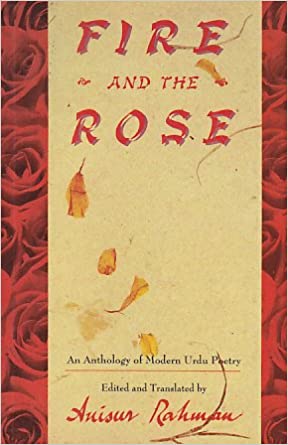
Last modified: October 13, 2025
